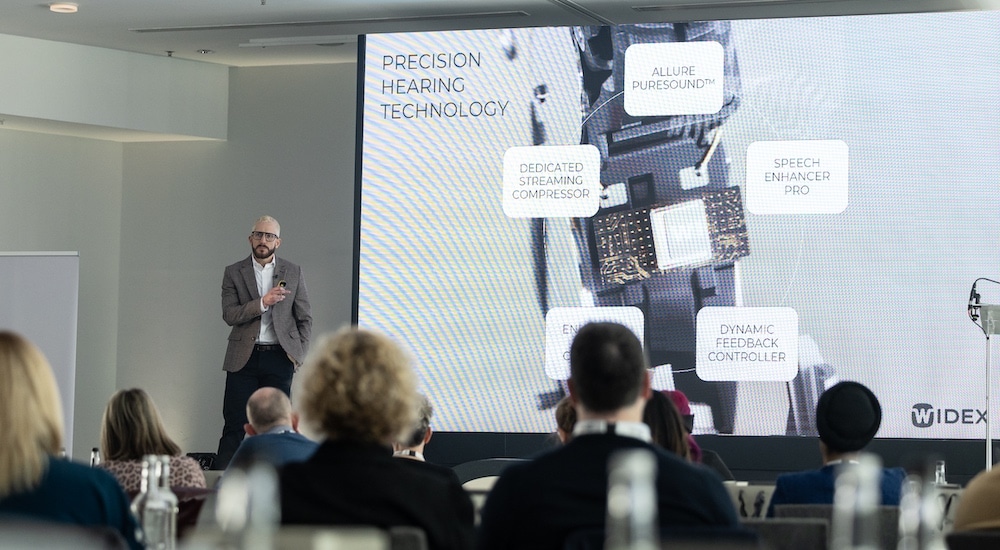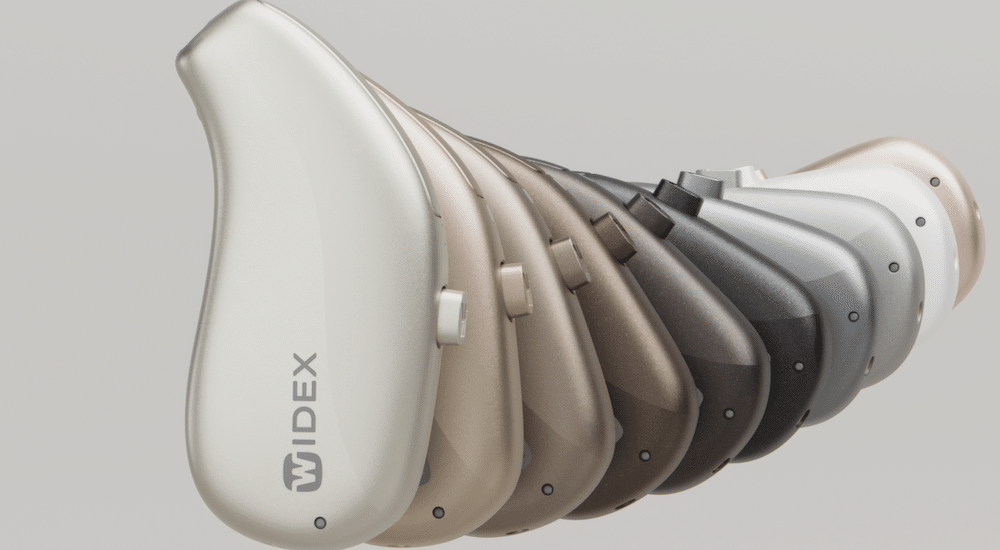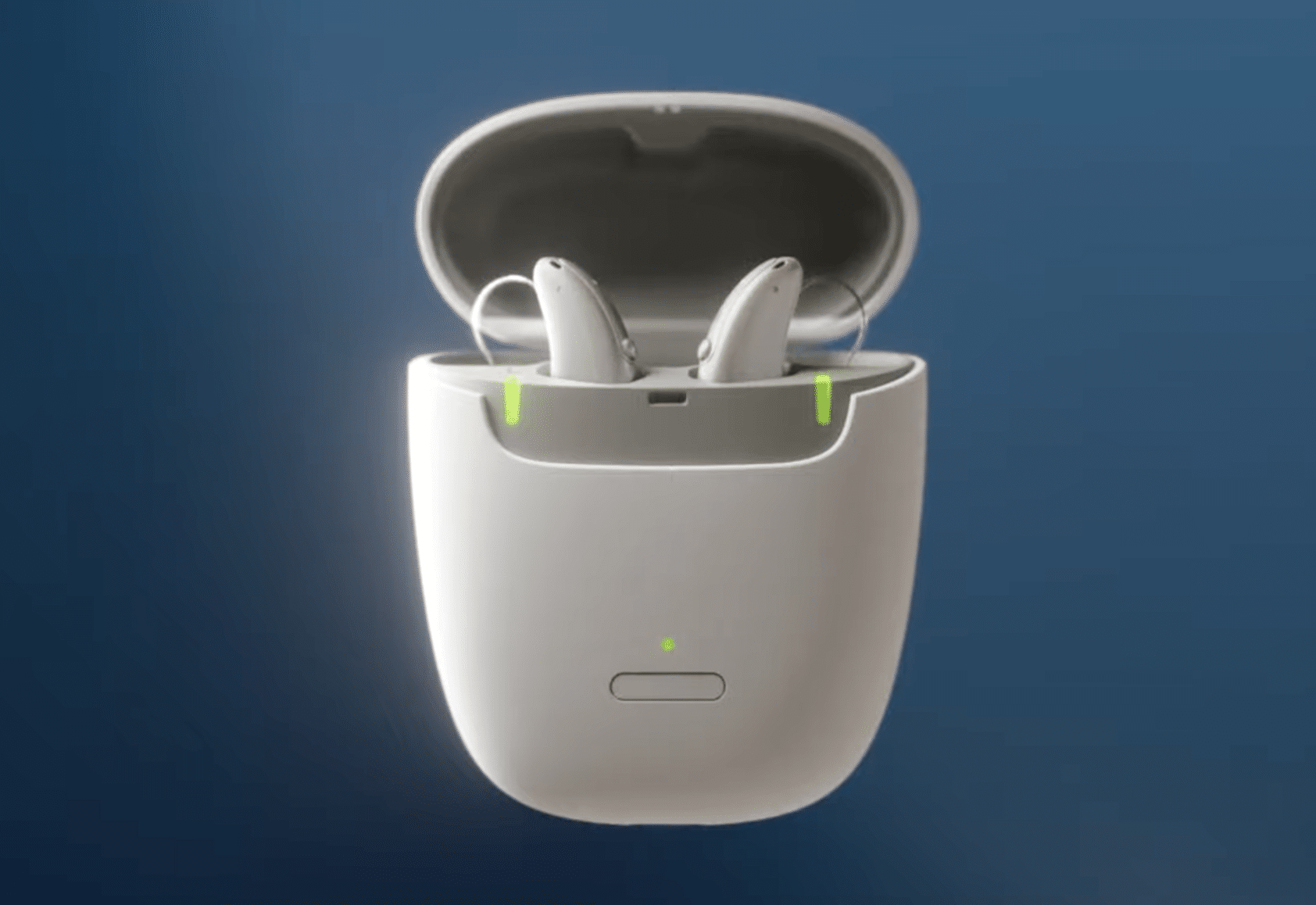AirPods as Hearing Aids, Is This Truly Possible?
As is usually the case in a burgeoning marketplace buzzing with innovation, out-of-the-box thinkers provide a run on new ideas for common problems.

Such was the case when Apple’s latest brainchild, AirPods, came on the scene. Once launched, the natural question in open online forums became a very hopeful, “Could AirPods be used as hearing aids?”. An idea that began as a too good to be true option, with discussion, became more and more plausible. Consumers became eager to understand what technical barriers might stand in the way of such a practical technology-based answer. For those suffering from mild to moderate hearing loss, it became possible that hope could spring from a $159 solution.
While several hearing aid apps currently available in the Apple app store work very well with earphones, for this new idea, compatibility is an issue. It’s true that apps like Petralex, Hearing Aid Pro, and EarMachine do a great job for consumers who aren’t quite ready to spend upwards of $3,000 for a hearing aid. They provide amplification and equalization of sound quite well with only a quick hearing test. The only caveat is, they’re not compatible with Apple’s AirPods.
Upon a vast review of what the marketplace has to offer, it appears that only one company has stepped outside the norm to repurpose innovation. Fennex is currently the only app that works in tandem with AirPods. In fact, it’s first to market by being specifically designed to offer a hearing test and hearing augmentation for the Bluetooth device.
While some Fennex reviews are mixed, mostly due to the long waitlist for AirPods, those who have tried the app are keen on it. Currently, there are two drawbacks; a bit of a delay in sound and the users’ voice is very loud within the device. That said, some consumers have taken measures to make the app work on their terms. With success, they use various configurations such as using AirPods as an output while using standard wired earphones as an input channel. Another option is sharing the AirPods among two users to amplify a conversation. For instance, one AirPod is used as a receiver, and the other one is used as a microphone. Additionally, one can speak into an iPhone and linked AirPods will project sound up to eighty meters away.
Acoustic Engineer, Max Serafini, Ph.D. at Fennex, gave more insight in a recent interview:
What’s the research behind Fennex?
It’s worth pointing out that most of the work done by our engineering team is based on recent research developed in sound processing for hearing aids.
Fennex doesn’t aim to be a substitute for professional hearing aids, but rather it’s a complementary and innovative solution that can provide some real benefit to people with some degree of hearing difficulties. This could be either due to an actual hearing loss or to the presence of external disturbances such as noisy places for leisure or work.
What are the results of your findings?
So far, thanks to an accurate selection of the state-of-the-art algorithms implemented to your iPhone, Fennex has achieved very promising results. The upcoming product releases will highlight the full potential of our solution from an audio quality standpoint.
How is Fennex used?
Fennex can currently be used in a many ways as it allows to capture sound from four different microphones: iPhone bottom, iPhone front, earphones built-in, and AirPods.
What type of performance can a consumer expect?
The best performance is certainly achieved when the sound is coming from your iPhone. In this case, Fennex turns your wired earphones into a personal hearing amplifier, or PSAP, and adds interesting augmented hearing capabilities for distant listening. Alternatively, users can still use their iPhone to capture the sound around them and send it to the AirPods. An example is a student leaving his phone on the professor’s desk and sitting over 80 meters away with the ability to perfectly follow the lesson thanks to Fennex and his AirPods.
What other innovations can we expect from Fennex?
For us, this represents the mere starting point. Our company’s core vision is to leverage Apple AirPods as a hearing device to support unclear face-to-face conversations. That will mean the usage of both the AirPods’ microphone and speakers. Although the solution is already working, there are two main limitations for a wider and mainstream adoption of Fennex.
What are those limitations?
We’re dealing with an excessive time delay between the recorded sounds and when it’s streamed out wirelessly. This latency issue is related to how the Bluetooth technology works at present. When Fennex is completely used with the AirPods, we have registered a 130ms delay. A fraction of a second but still problematic for the brain to process.
We’re also addressing an excessive microphone directionality. That can result in making your voice sound too loud and hinder the possibility to pick up distant sounds. Developers are currently not allowed to control more than one AirPod microphone even though the devices are fitted with two microphones – one in each pod. Rumor says they will have three in the next model release. Our developers are also not allowed to change their polarity, directionally speaking, as it’s only partially possible for the iPhone’s microphones.
Thankfully, fast technology advancements, such as new Bluetooth protocol ‘5.0’, new codec, and higher control over the AirPods’ hardware, are expected to support the achievement of our vision.
Source and photo: Fennex.


